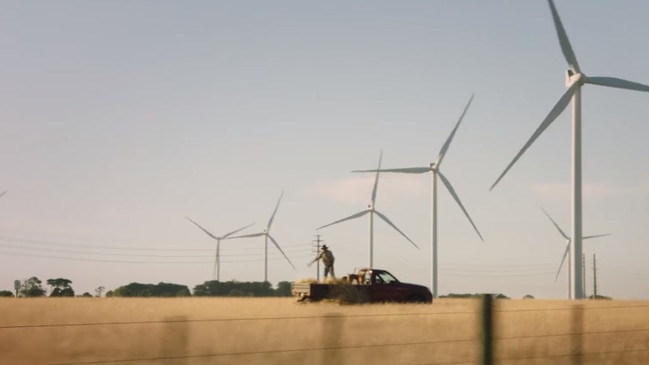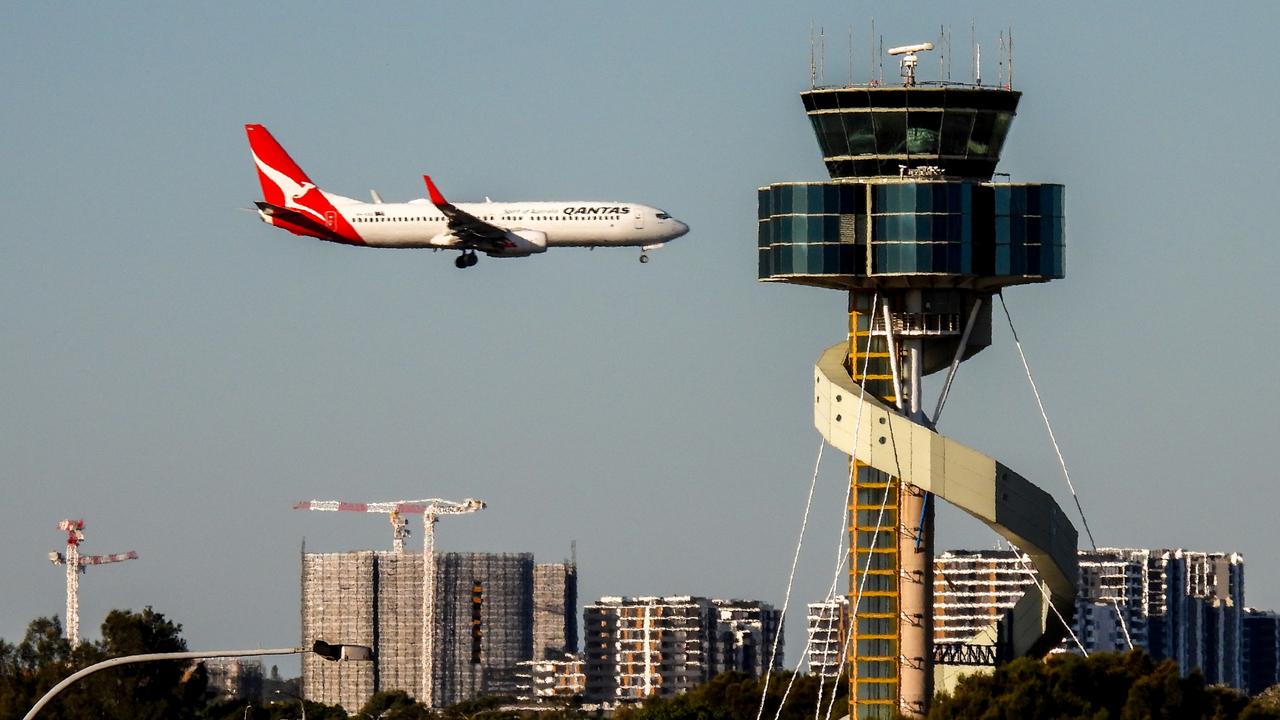AGL eyes gas peaker in every state as it reveals more transition plans
AGL has also unveiled a target of formally approving the construction of 1.4GW of batteries over the 12-18 months, if the regulatory landscape improves.

Business
Don't miss out on the headlines from Business. Followed categories will be added to My News.
AGL Energy could build a gas power station in every state across Australia’s east coast over the next 10 years to supplement renewable energy generation, the company’s chief executive Damien Nicks has revealed, as the near 200-year-old company accelerates its transition plans.
The comments, which are predicated on government policy being installed that would pay gas power stations to be ready to dispatch, underscores a growing acceptance of the role of the fuel source in propping-up renewables during times of adverse weather. Efforts to include gas in so-called capacity schemes were scuppered by environmental opposition.
But in an indication of the evolution around the role of gas, AGL on Wednesday deepened its transition plans. It unveiled a target of formally approving the construction of 1.4GW of batteries over the 12-18 months and Mr Nicks said that should regulatory landscape incentivise – the energy company could also look to install a gas peaker in every state across the east coast. AGL already has existing gas operations in South Australia and a potential expansion site in Western Australia.
“Gas will play an important role in the firming of large-scale renewables through the transition. Gas peakers provide the firm capacity the power system needs to support grid-scale wind and solar,” Mr Nicks told The Australian.
AGL’s chief executive said the batteries would be housed in Queensland and NSW.
Mr Nicks’ comments came as AGL posted a 7 per cent fall in half-year profit despite a jump in revenue as Australia’s second-largest electricity and gas retailer said its retail margins were squeezed, and it was forced to increase maintenance costs to keep its coal fleet operational.
However, the result surpassed market expectations and AGL also raised its guidance for the rest of the year, tempering lingering concerns about the capacity of AGL to keep investors happy while also funding its transition.
Shares in AGL edged higher, closing up 0.2 per cent after the result at $11.73 each.
The plans for gas and batteries are a major component of AGL transition plans.
AGL in 2022 outlined a $20bn plan to develop 12GW of replacement capacity as it moves aggressively – particularly under pressure from its largest shareholder billionaire Mike Cannon-Brookes – to shutter its coal fleet.

AGL is joining a growing list of developers increasing their presence in batteries as intraday prices make them increasingly lucrative.
But unlike batteries, which can profit from daily price swings, predicting the amount of time a gas power station will run for is impossible and the likes of AGL and its peers insist a policy framework will need to be established to pay operators for being ready to dispatch.
Some states are already beginning to move. South Australia last year said it is now considering holding annual tenders where generators and battery operators can bid for a contract to underwrite a portion of their revenue – a scheme the state said will be called the Firm Energy Reliability Mechanism (FERM).
In exchange for the revenue certainty, those selected must ensure they can dispatch all year round. Such schemes would improve the economics of a new gas power station and allow a would-be developer to proceed with an outlay likely worth tens of millions of dollars.
Other states could follow suit, much to the relief of Australia’s energy market which has increasingly warned that the inability to firm renewables makes the grid susceptible to periods of adverse weather when wind and solar generation could be curtailed.
But while Australia’s energy industry may be moving in preparation for an increased role of gas, industry figures said the country’s gas outlook is an urgent impediment.
Australia’s east coast faces a looming shortfall as traditional sources run dry, and developers said the federal Labor government has not moved quickly enough to bolster supplies. The Australian Energy Market Operator has warned NSW and Victoria could experience gas shortages as soon winter 2026 and materially by 2028.
Labor insists it values the role of gas and is working to unlock new supplies, but the industry said a lack of urgency is indicative of the government’s support.
Ties could be further soured by Labor agreeing to a Greens amendment that critics claim will dent the prospect of gas being used in the federal capacity investment scheme.
Opposition energy spokesman Ted O’Brien said the move illustrates Labor lack of commitment to bolstering gas.
“Anthony Albanese talks out of both sides of his mouth on gas, but Labor has not a skerrick of credibility now that they have shown their hand by buddying up with Adam Bandt on this anti-gas crusade,” Mr O’Brien said.
More Coverage
Originally published as AGL eyes gas peaker in every state as it reveals more transition plans





